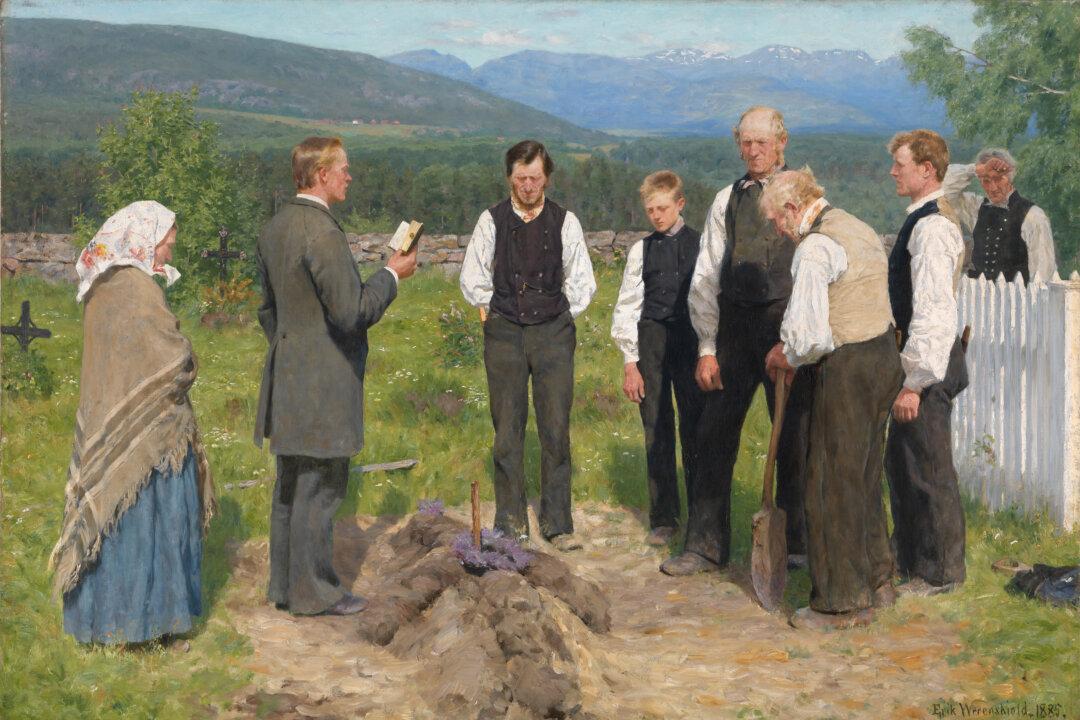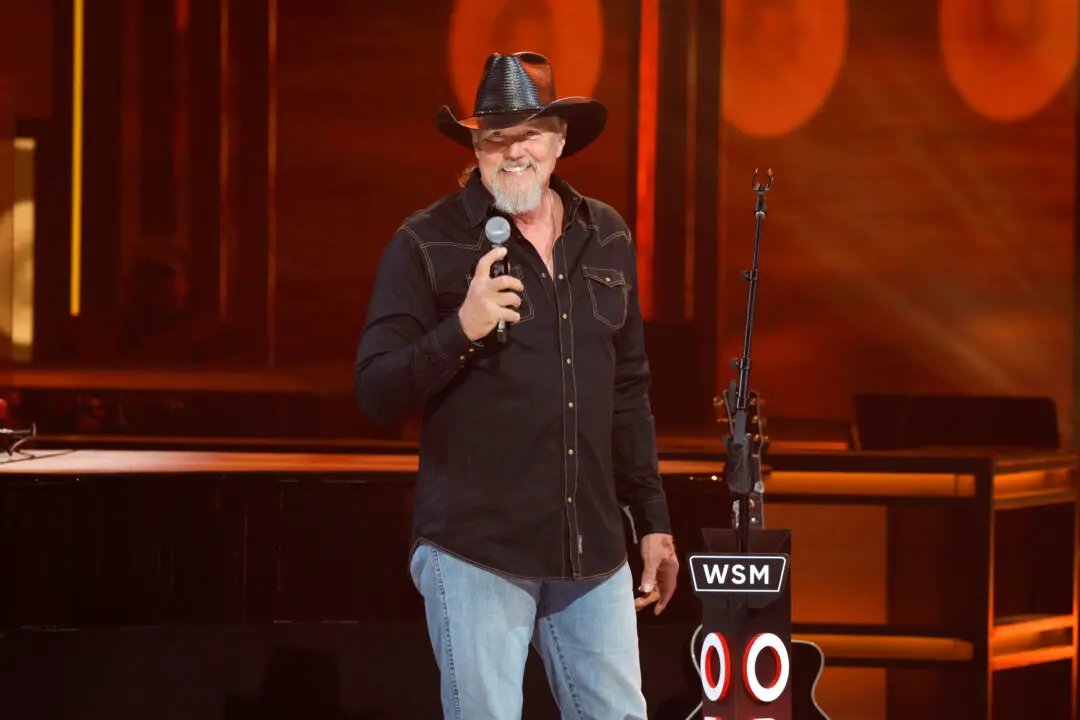In 1972, the country group Nitty Gritty Dirt Band released their historic album, “Will the Circle Be Unbroken.” The band’s sound exuded plenty of traditional style, from bluegrass rhythms to their use of homemade instruments such as the jug, which acted as a makeshift horn section. These creative, roots-style elements were the core of their sound.
Throughout the ’60s, they were appropriately referred to as a “jug band.” But in the following decade, they went electric with some of their instruments. Those who had been key figures in the early days of the country genre wondered, How do we keep the roots of country music alive?





